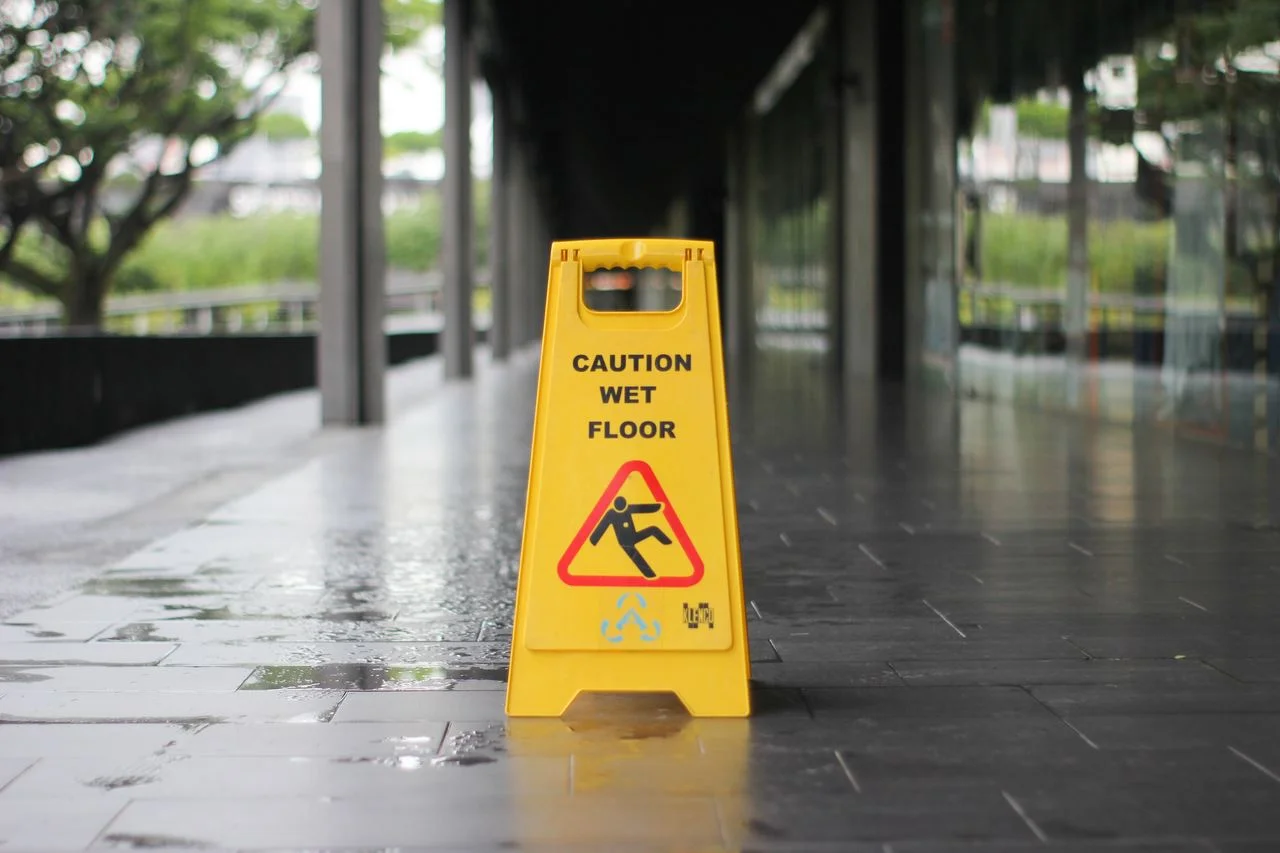Common Causes of Slip and Fall Accidents in Palm Harbor: Identifying Hazards and Preventing Injuries

Slip and fall accidents can happen unexpectedly, often resulting in serious injuries and financial burdens for victims. In Palm Harbor, Florida, being aware of common hazards that contribute to these accidents is essential for preventing injuries and promoting safety. Here are some common causes of slip and fall accidents in Palm Harbor and how to identify and address them:
Wet or Slippery Surfaces
One of the primary contributors to slip and fall accidents in Palm Harbor is wet or slippery surfaces, especially in areas with high pedestrian traffic or exposure to water. Frequent causes include spills, leaks, and wet weather conditions, all of which can create hazardous conditions. To effectively identify and manage these risks, it is crucial to regularly inspect floors, walkways, and outdoor areas for signs of moisture or slick spots. Promptly addressing any spills or leaks by cleaning them up and using caution signs or mats can significantly reduce the risk of accidents by alerting pedestrians to the slippery conditions.
Uneven or Damaged Flooring
The presence of uneven or damaged flooring is another significant risk factor for slip and fall accidents. This issue is particularly prevalent in older buildings or areas with heavy foot traffic. Common hazards associated with uneven or damaged flooring include cracked pavement, loose floor tiles, and uneven steps or thresholds. To mitigate these dangers, it is essential to conduct regular inspections of all flooring surfaces. Address any necessary repairs or maintenance issues promptly to prevent accidents. Additionally, consider installing non-slip flooring materials or placing warning signs to alert pedestrians to uneven surfaces, thereby enhancing safety.
Lack of Handrails or Guardrails
The absence of adequate handrails or guardrails can substantially increase the risk of falls, especially on stairs, ramps, and elevated platforms. Common hazards in this category include missing or loose handrails, insufficient lighting, and narrow or obstructed walkways. To improve safety, ensure that all handrails are securely fastened and comply with building code requirements for height and strength. Furthermore, installing additional lighting in poorly lit areas and removing obstacles or clutter from walkways can help create a safer environment by enhancing visibility and accessibility for pedestrians.
Poor Lighting
Poor lighting can make it difficult for pedestrians to see potential hazards and navigate safely, increasing the risk of slip and fall accidents, especially in outdoor areas or parking lots. Common issues include burned-out bulbs, dim lighting, and shadows or glare that obscure visibility. To address this, regularly inspect lighting fixtures and replace any malfunctioning bulbs or fixtures. Consider installing motion-sensor lighting or additional illumination in areas prone to low visibility.
Lack of Warning Signs or Safety Barriers
Failure to provide adequate warning signs or safety barriers can increase the risk of slip and fall accidents, particularly in areas undergoing maintenance or construction. Common hazards include exposed wires, open trenches, and temporary obstacles blocking pathways. To prevent accidents, use caution signs, barricades, or cones to alert pedestrians to potential hazards and redirect foot traffic away from dangerous areas.
Conclusion
By identifying common causes of slip and fall accidents in Palm Harbor and taking proactive measures to address them, property owners and managers can help prevent injuries and promote safety for residents, visitors, and employees alike. Regular inspections, prompt repairs, and clear communication of hazards are essential for minimizing risks and creating a safe environment for everyone.
